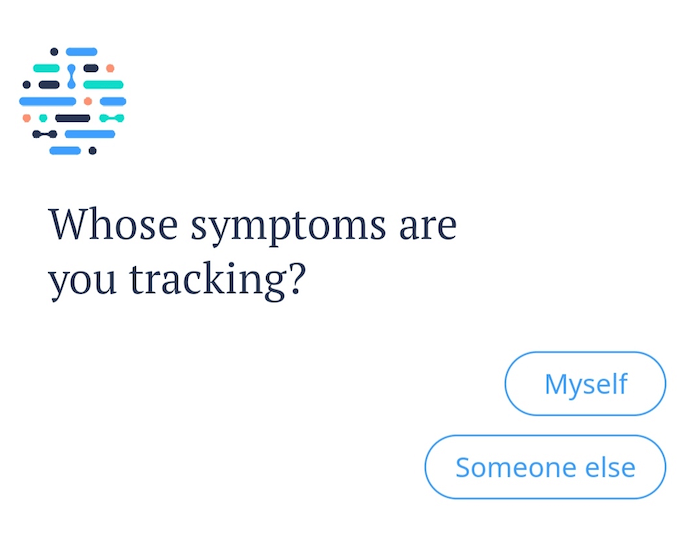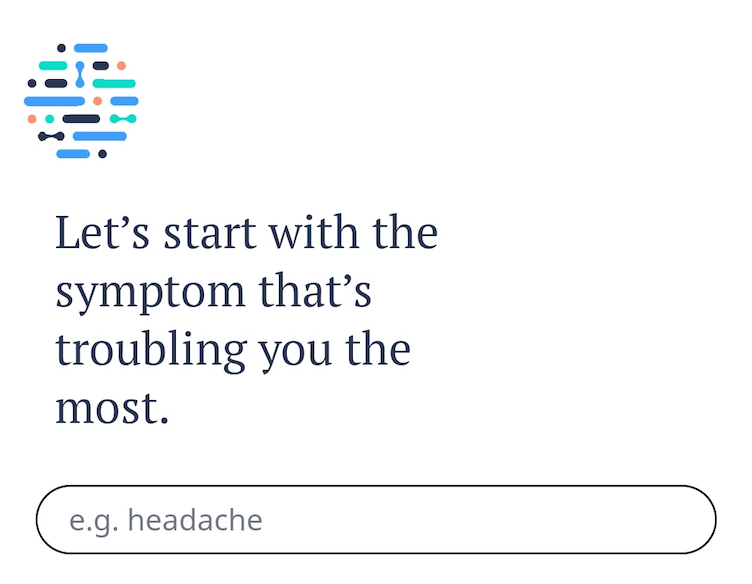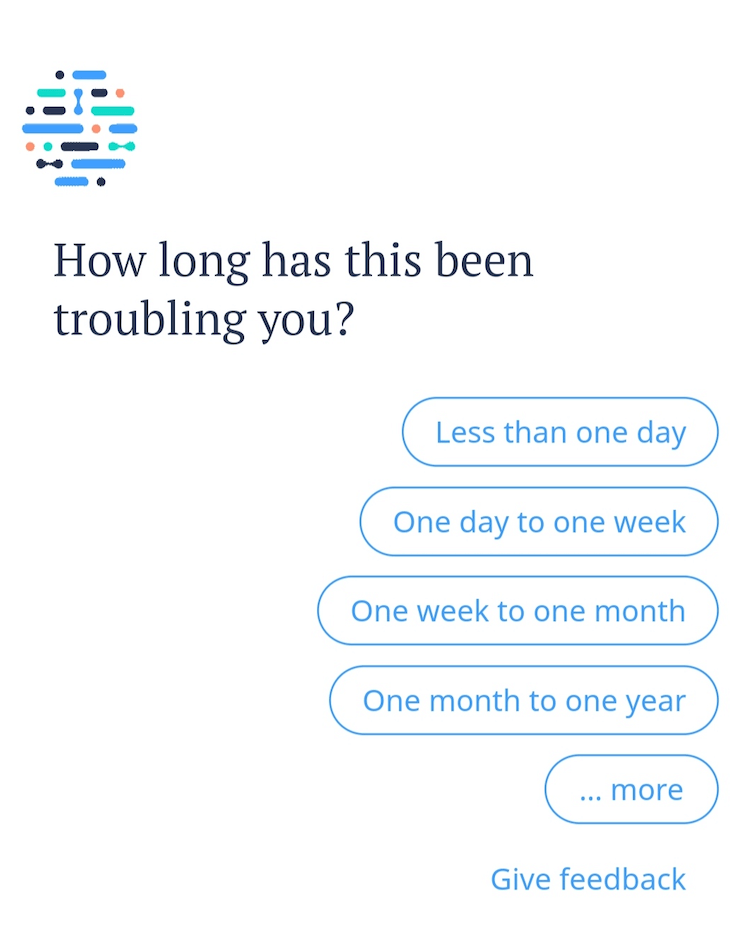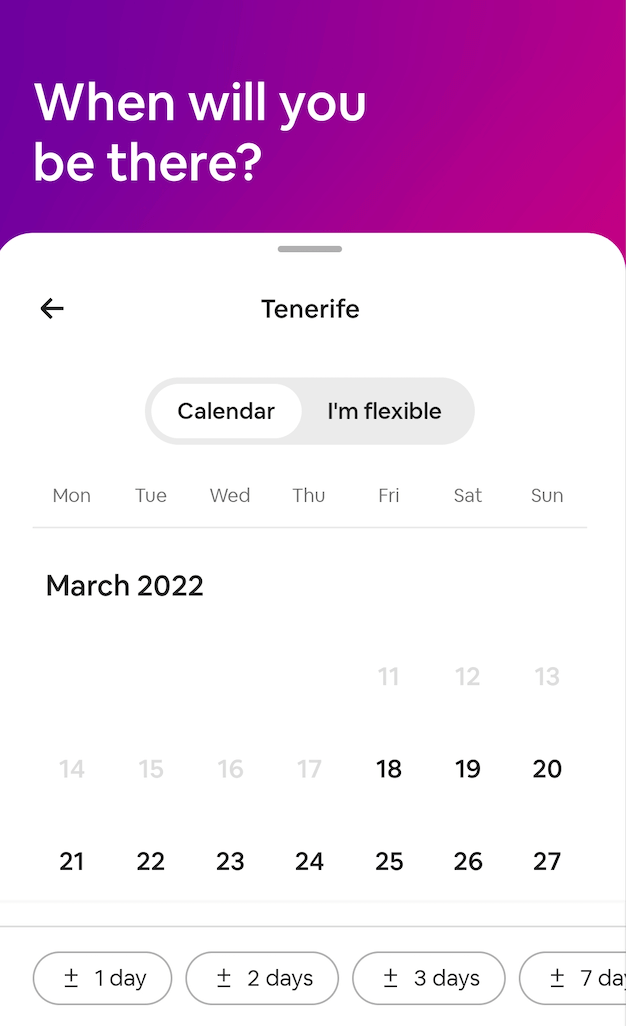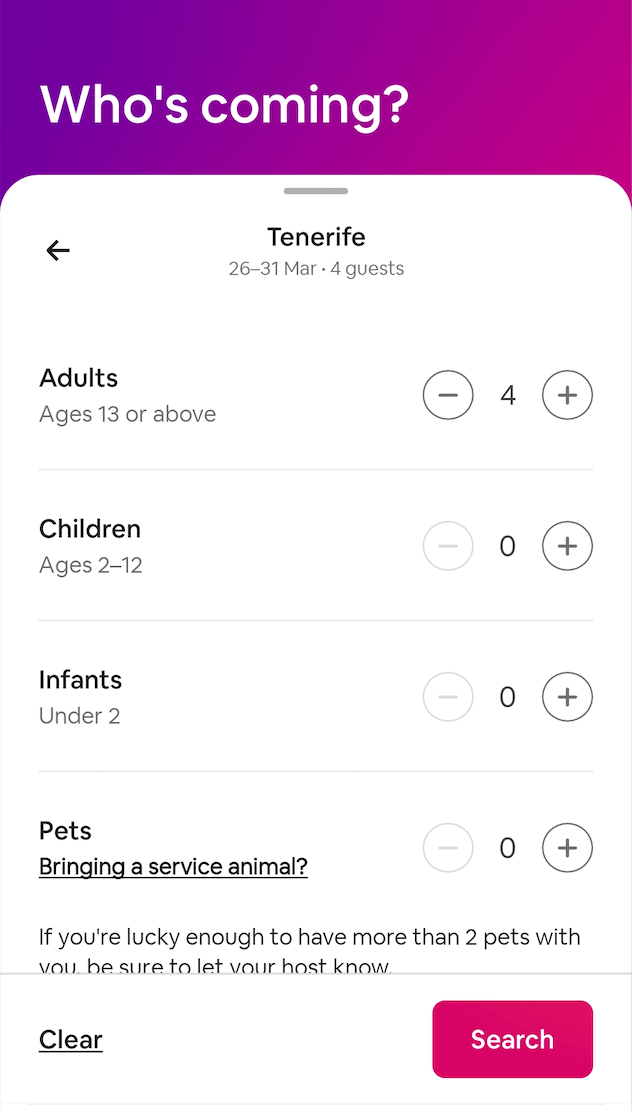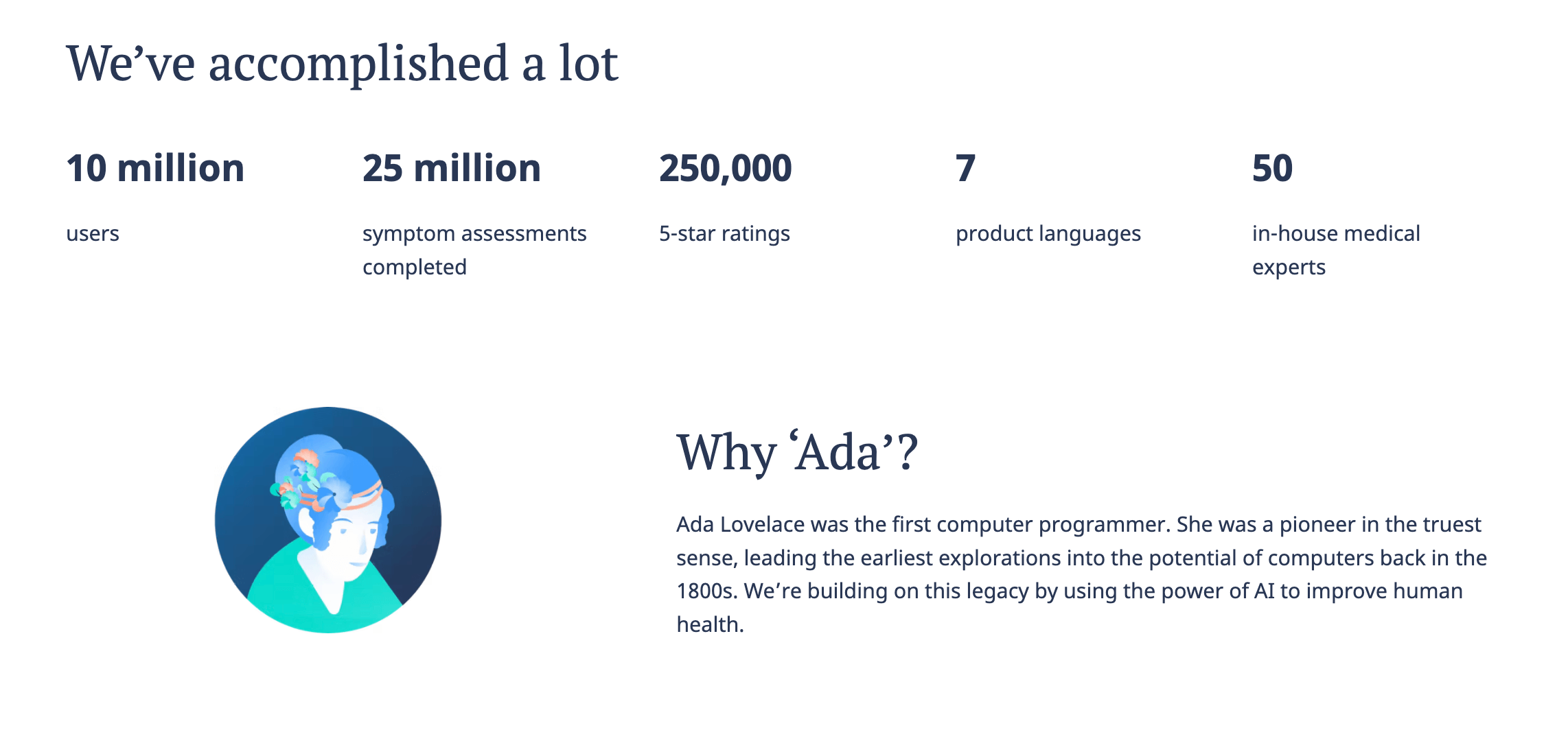UX writing is a crucial subset of UX design and an increasingly popular discipline — but what exactly is it, and how is it different from copywriting?
In this guide, we outline what is the difference between UX writing and copywriting, using real-world examples of each.
- What is UX writing?
- Examples of UX writing
- What is copywriting?
- Examples of copywriting
- What are the main differences between UX writing and copywriting?
- UX writers vs. copywriters: Main tasks and skills
Let’s start with a definition of UX writing.
What is UX writing?
UX writing is the art of writing copy to aid the user experience. It’s the process of planning and writing all the text that features on a digital product interface such as error messages, menu labels and button copy.
UX writing is a subset of user experience (UX) design. As such, the goal of UX writing is to create copy that guides the user through an interface, helping them to navigate the product and complete their desired tasks.
UX writing essentially covers all the words we see or hear when we use a digital product, like a website or an app. This includes:
- The error messages that pop up when something goes wrong. For example: entering the wrong password or failing to complete a certain action
- The text you see on buttons and menus
- The messages you get when you interact with a chatbot
- Instructions that prompt you on what to do next
- Success messages that inform you of the completion of a task. For example: “Your form has been submitted. Thank you!” or “You’ve now completed level 2. Way to go!”
UX writing examples
The best way to understand what UX writing is is to see it in action. Here are some real-world examples of UX writing.
UX writing example: The Ada health app
Ada is an app for tracking and assessing health symptoms. Here is some of the copy you might encounter when using the Ada app. You can see how the UX writer has written the copy to guide the user through the process of assessing their symptom(s).
UX writing example: The Airbnb app
Here you can see how UX writing guides the user through the process of finding a place to stay via the Airbnb app.
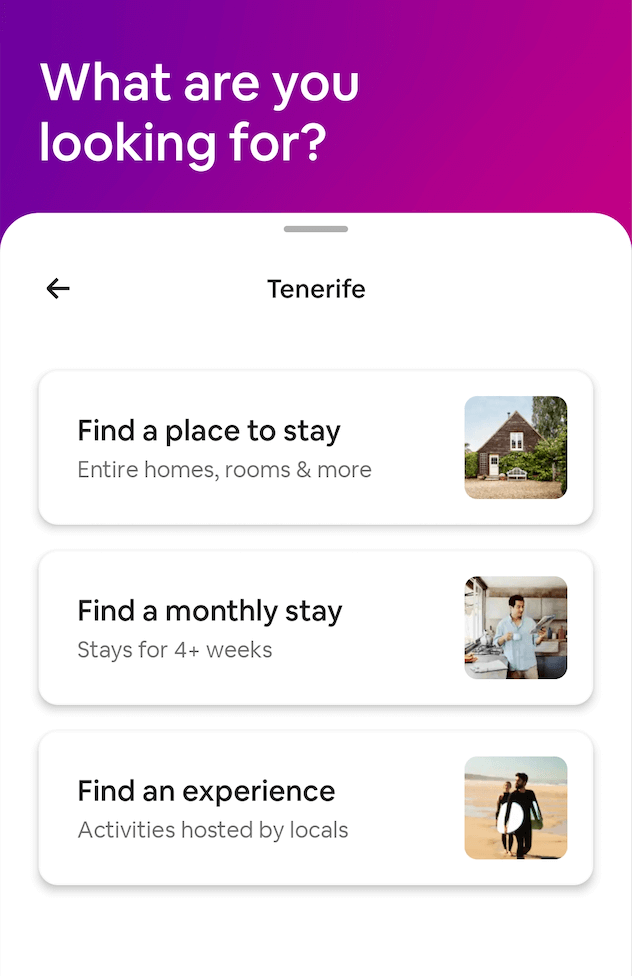
What is copywriting?
Copywriting is a marketing discipline. It’s the process of writing copy that is used in marketing and advertising materials, with the main goal of attracting new customers or users and persuading them to take a certain action, such as buying or subscribing to something.
Copywriting can cover anything from:
- Landing page copy. For example: the text you find on a company website telling you about their product or service
- Blog articles
- The copy for marketing emails
- Ad copy
- Social media posts
- Advertising slogans
- Whitepapers and downloadable content pieces
Copywriting examples
Let’s consider some real-world examples of copywriting and how they differ from the UX writing examples we looked at earlier on.
Copywriting example: The Ada website
The following screenshots contain copy from the “About us” page of the Ada website. This copy, likely written by a marketing copywriter, explains who Ada is, what they do and why they should be considered experts in their field.
The goal of this website copy is to convince the user of the value that Ada can offer, encouraging them to learn more about Ada and, ultimately, persuade them to download the Ada app.
This webpage copy is very different to the app copy we looked at earlier, which has been written not to persuade new users of Ada’s value but to guide existing users through a specific process. That’s the difference between UX writing and copywriting.
Copywriting example: grüum marketing email
The copy you see in marketing emails is also a form of copywriting. Here we have an email from skincare company grüum. In this case, the goal of the copy is to encourage the recipient to visit the grüum website and make a purchase.
What is the difference between UX writing and copywriting?
Now that we have a definition of both UX writing and copywriting, let’s consider the most important differences between the two.
UX writing and copywriting serve different purposes
The main goal of UX writing is to facilitate the user experience of a digital product or service. UX writers write copy that helps the user find their way around the product and guides them through the steps of a specific process. UX writing is not about persuading, converting or selling. It’s about enhancing the user experience, providing clarity and guidance while ultimately making things easier for the user.
The main goal of copywriting is to attract new users or customers and to persuade people to convert in some way. The exact goal of the copy depends on the context but it’s usually to promote a product or service and to help fulfil sales and marketing goals, such as increasing traffic (blog posts) or boosting sales (marketing emails).
UX writing and copywriting belong to different disciplines
UX writing belongs under the UX design umbrella. UX writers are an integral part of the product team, working in collaboration with product managers and UX and UI designers to ensure that good copy is designed into the product from the very start.
Copywriting, on the other hand, sits within marketing. Copywriters aren’t typically involved with the design of the product itself. Rather, they produce materials to market the product. Copywriters are an integral part of the marketing team, working closely with email marketers, social media managers and performance marketers.
UX writing and copywriting are encountered in different places
One of the easiest ways to distinguish between UX writing and copywriting is to think about where you encounter the copy. UX writing features within and across the digital product itself, while copywriting is encountered in materials that are written about the product or service.
When you read blog articles, receive a marketing email, download an ebook or browse a company website, you’re reading the work of a copywriter. When you download an app and use it to complete a certain task, like booking flights, you’re guided by the words of a UX writer.
UX writing and copywriting (usually) sound different
UX writing and copywriting are informed by different principles, so they tend to sound different. UX writing is all about clarity and usability and it’s typically very concise and to-the-point.
The same can be said for some types of copywriting too but marketing copy has more scope to be longer and more descriptive, informative or persuasive, depending on the type of copy and its purpose.
UX writers vs. copywriters: What are the main tasks and skills associated with each?
In addition to distinguishing between UX writing and copywriting in terms of output, it’s useful to consider the role of the UX writer versus that of a copywriter in terms of day-to-day tasks and core skills.
UX writers vs. copywriters: Main tasks
UX writers sit in the product team, so their tasks are typically related to the product design and development process.
UX writers may be responsible for:
- Conducting UX research in collaboration with UX designers and researchers
- Writing microcopy for apps, websites and other digital products
- Developing and overseeing the content strategy for all product-related copy
- Running A/B tests to test different copy variations
Copywriters are part of the marketing department, so their day-to-day tasks contribute to the achievement of marketing and sales goals. Copywriters can expect some or all of the following tasks:
- Writing copy for a variety of marketing channels, including email copy, ads, social posts and long-form content like blog articles and whitepapers
- Developing a marketing content style guide in collaboration with other marketers
- Brainstorming and coming up with new ideas and concepts for marketing and advertising campaigns
- Analysing performance data to measure the success of different content types and formats
- Proofreading and editing other copywriters’ work
UX writers vs. copywriters: Main skills
Both UX writers and copywriters need to be excellent writers who can adapt their style and tone depending on the context, the audience and the brand.
Besides first-class writing skills, UX writers must have a thorough understanding of the UX design process and key UX principles. This includes being well-versed in concepts such as usability, accessibility, information architecture, user flows and mental models.
Just like UX designers (and anyone else working in the UX field), UX writers must demonstrate soft skills such as empathy, collaboration and communication.
And what about copywriters?
While UX writers are knowledgeable about UX, copywriters must develop their expertise in marketing. This includes understanding different marketing channels and how they work as well as being able to identify and then track the right performance metrics for different types of content.
Copywriters also need a good dose of creativity, as well as the ability to proofread and edit other people’s work. And, just like UX writers, strong research, collaboration and communication skills go a long way in the copywriting industry.
As you can see, there’s considerable overlap between UX writers and copywriters in terms of skills. It’s entirely possible for copywriters to cross over into UX writing, as long as they are familiar with the product design process and are able to adapt to the unique art of writing for the user experience.
We hope you found this guide useful. If you’re a copywriter looking to learn more about UX design, here are 8 must-read UX design books to get you started.



